Chemistry Reference
In-Depth Information
Method
No. of samples
(µg L
−1
)
Mean
concn
Variance
(µg
L
−1
)
2
t
(a)
Two colorimetric
procedures:
Without iodine
85
40.5
100.7
94.6
With iodine
85
42.4
131.9
(b)
Colorimetric/polarographic
procedures:
Colorimetric
36
31.1
150.5
10.7
Polarographic
36
30.3
161.5
Source: Reproduced with permission from Elsevier Science [81]
15min, 1ml 0.1M sodium hydroxide and 0.5ml 0.1M potassium permanganate are added
and the mixture heated on a steam bath for 1h. The cooled solution is filtered and the
residue washed. The filtrate and washings are diluted to 16ml and 1ml of a 0.25M
phosphate solution added (containing 0.3µg iodine as iodate per ml) at 0°C Then 0.7ml
0.1M ferrous chloride in 0.2% v/v sulphuric acid, 5ml 10% aqueous sulphuric acid
phosphoric acid (1:1) are added at 0°C followed by 2ml starch-cadmium iodide reagent.
The solution is diluted to 25ml and after 10-15min the extinction of the starch-iodine
complex is measured in a 5cm cell. To determine iodate the same procedure is followed
as is described above except that the oxidation stage with sodium hydroxide-potassium
permanganate is omitted and only 0.2ml ferrous chloride solution is added. A potassium
iodate standard was used in both methods.
The total iodine procedure is claimed to be relatively free from interference by foreign
ions. The iodate procedure is subject to interference by bromate and sulphite ions. This
method is claimed to be capable of determining down to 0.1µg iodine in the presence of
800mg chloride ion and 5mg bromide ion.
3.18
Iodide
Iodine species in seawater exist as iodide (I
−
) and iodate (IO
3
−
). Iodide, which is
thermodynamically unstable in oxygenated water, is usually a minor species in seawater
compared to iodate, and total inorganic iodine concentration is approximately in the
range of 50-60µg L
−1
[78,83,85-96]. However, iodide concentration ranges from 30µg
L
−1
near the shore and in ocean surface and bottom waters) to below 1µg L
−1
(deep ocean
water) [83,85-87,90,91,93,96,95]. Iodine is an essential micronutrient for many
organisms. Iodide in seawater is produced by biologically mediated reduction of iodate
[97] and is also produced under reducing conditions. Thus, the distribution of iodide and
iodate gives clues for understanding the marine environment [88,89,94-96]. Iodide has
been determined mainly by difference between total inorganic iodine (I
−
and IO
3
−
) and
IO
3
−
iodate has been determined by differential pulse polarography [83,89, 90,92,95,96]



Search WWH ::

Custom Search